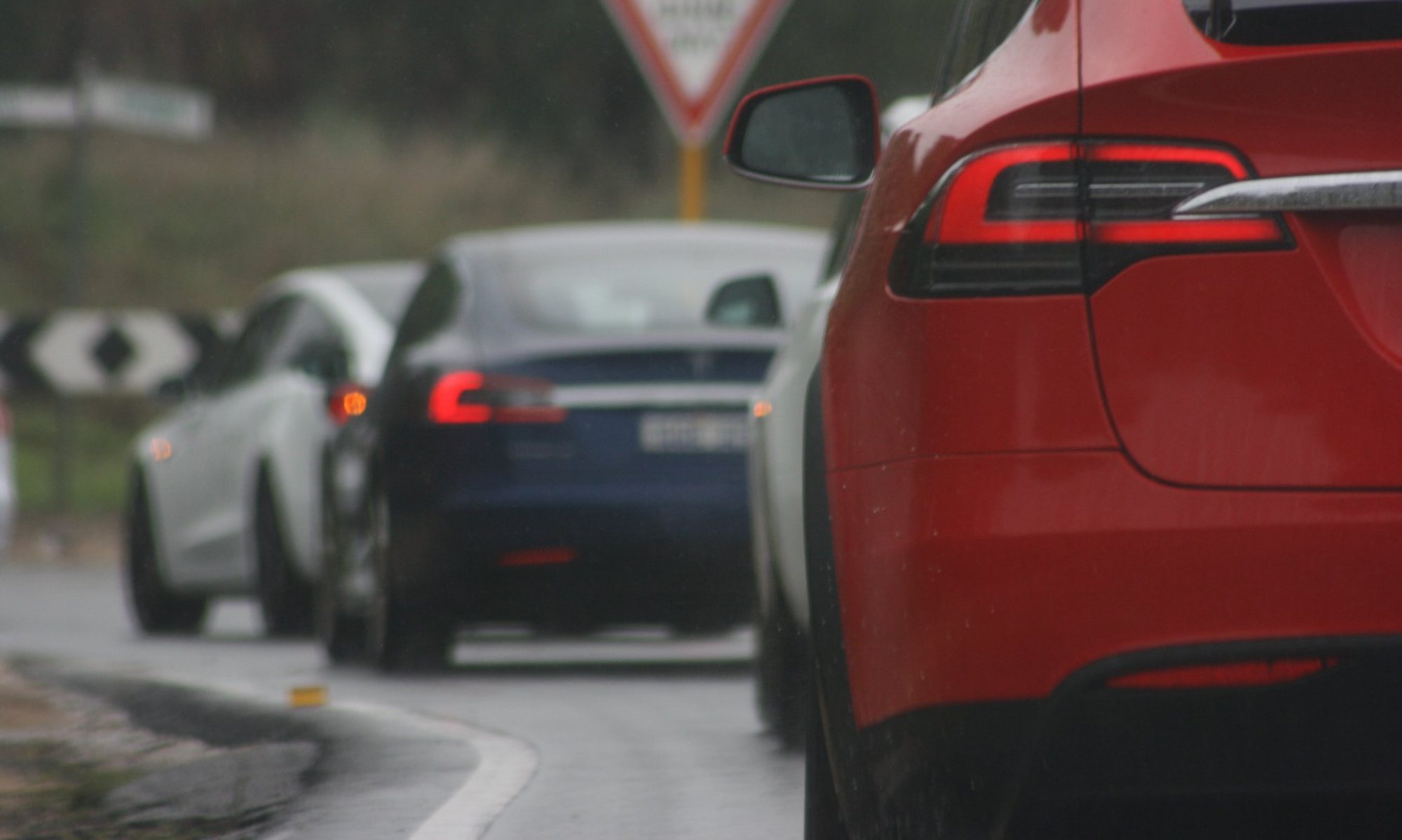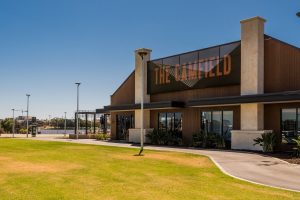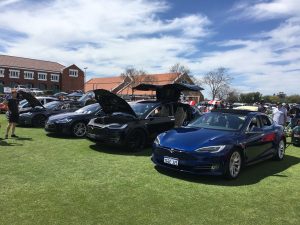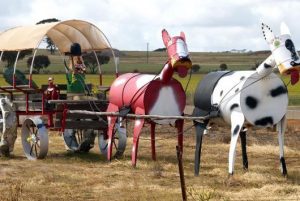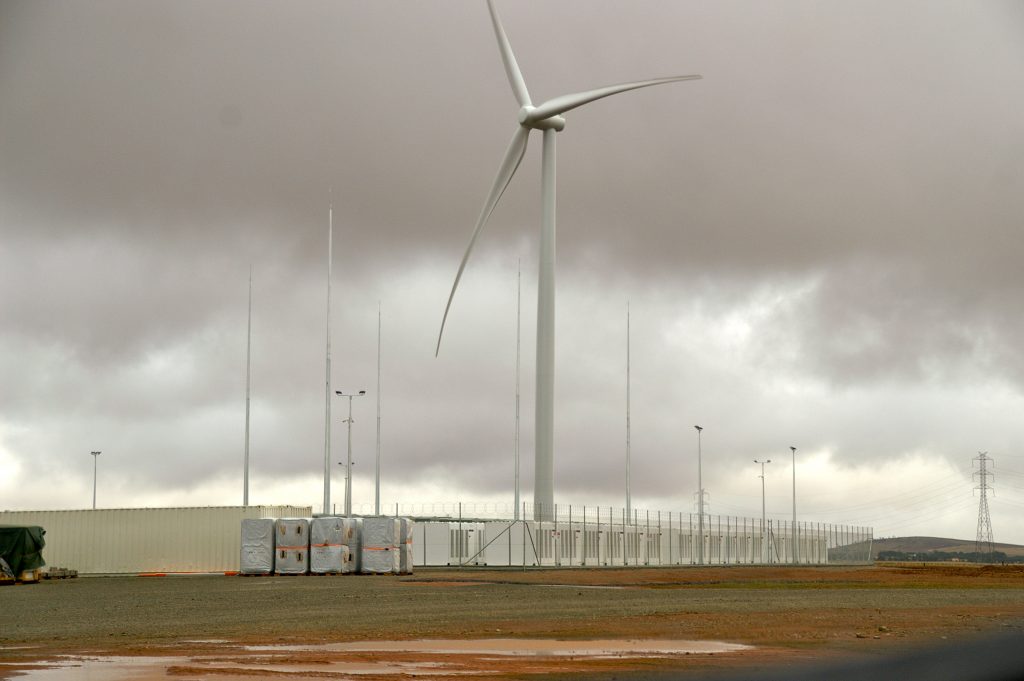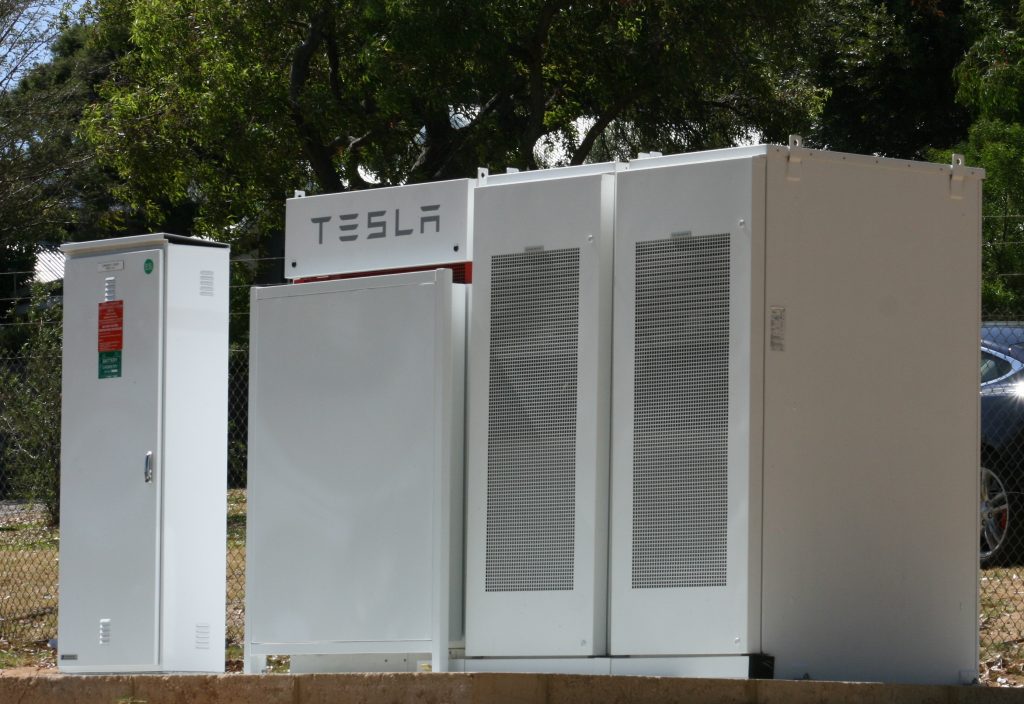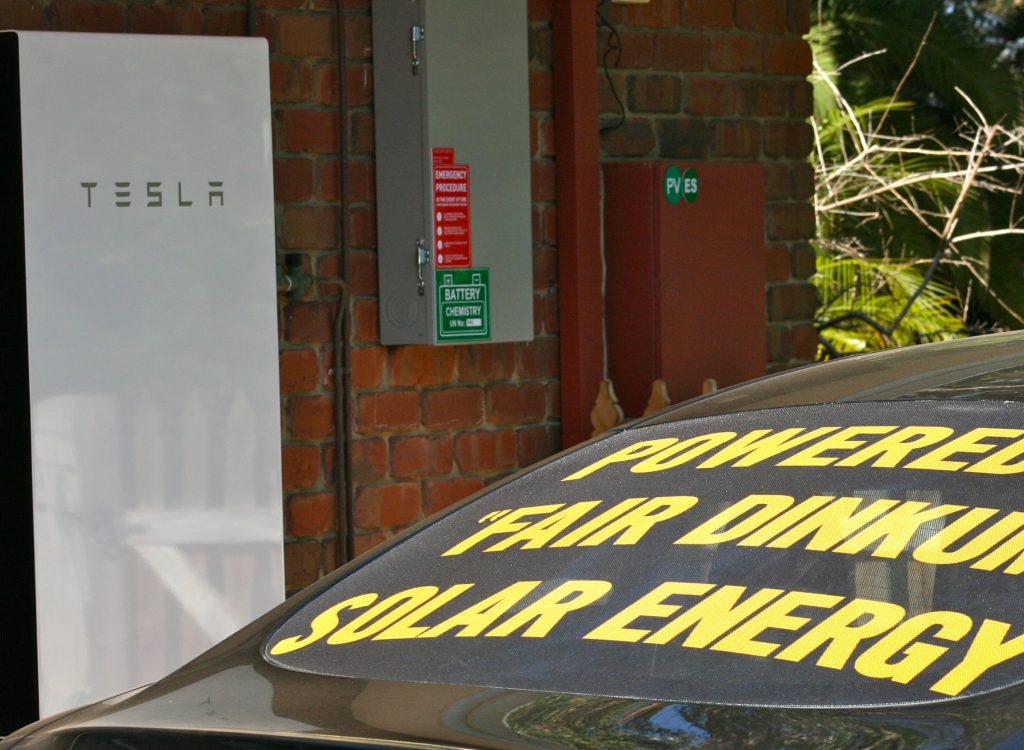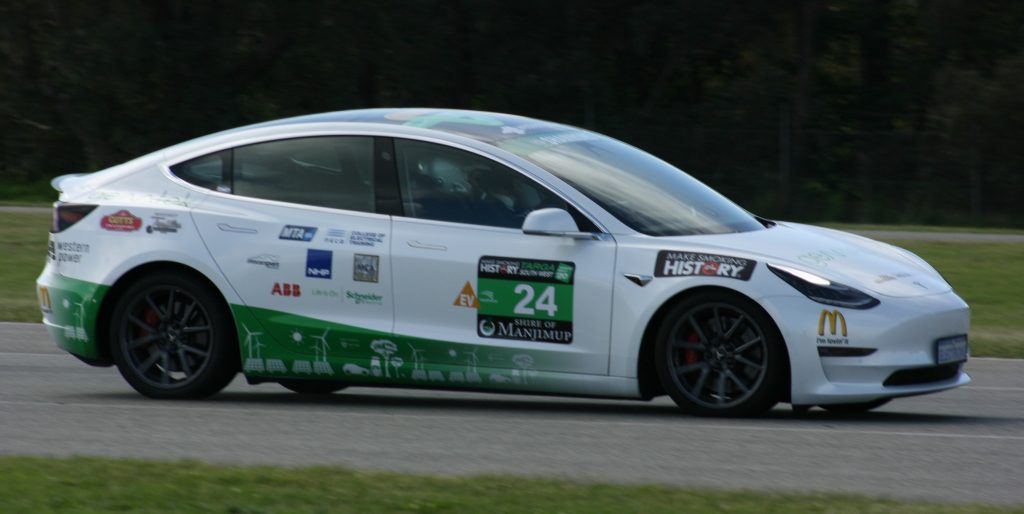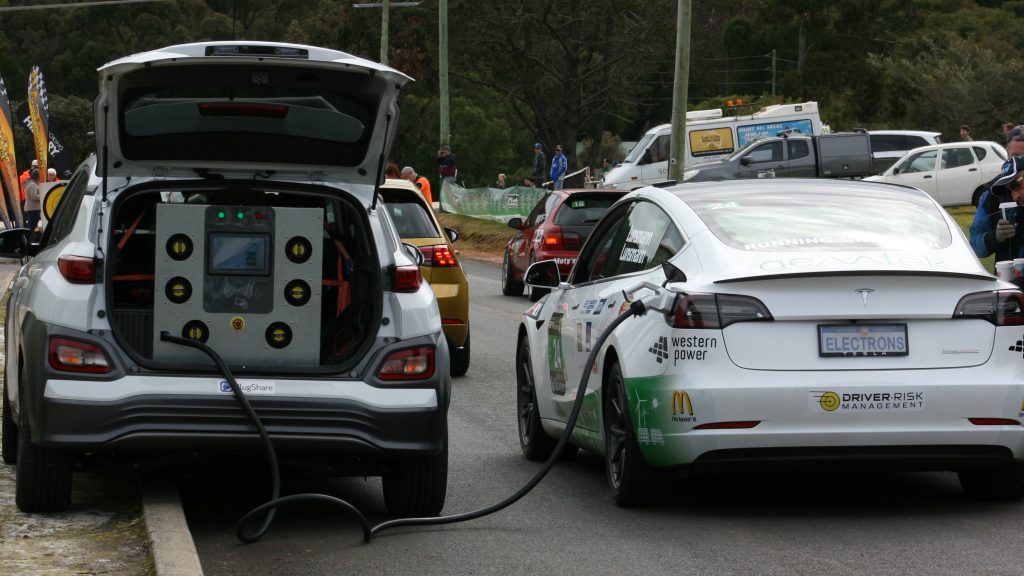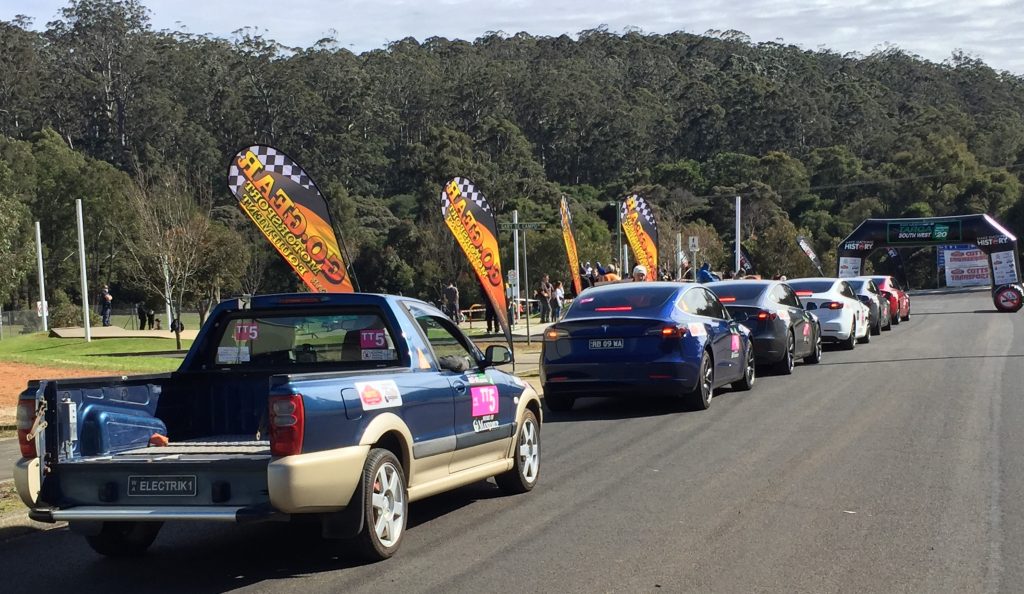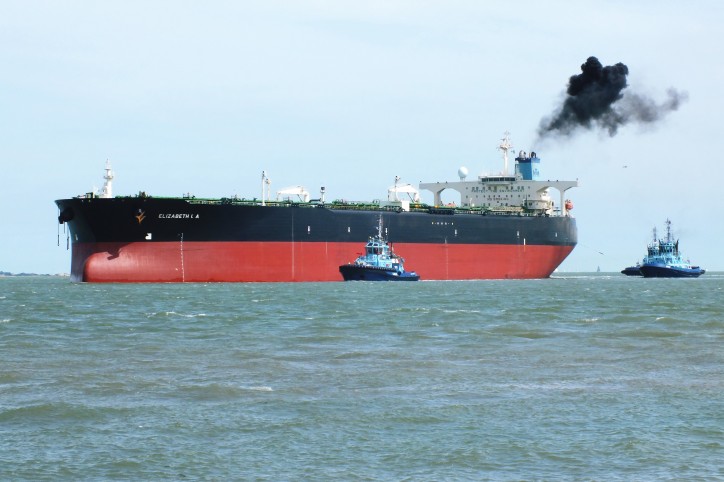Now that the Lake Grace DC charger is installed and operational the Perth to Esperance drive has become so much easier. I’ve completed the 700km trip in a Model S three times since early 2017 using the slow but reliable 3 phase AC charging. Update July 2024: Please note that with the installation of the WA EV Network there are now alternate DC charging options via Jerramungup and Kojonup.
To make the journey as trouble free and relaxing as possible read on:
- Perth to Esperance is 700kms via Williams and Ravensthorpe, the Perth to Lake Grace leg is 326kms, Lake Grace to Esperance 374kms.
- On average you will lose 20 minutes of daylight driving East towards Esperance but gain an average 20 minutes on the return journey West, driving at dusk between Ravensthorpe and Esperance is not recommended so please take the above into consideration.
- The Albany highway section of 168kms between Perth and Williams can get fairly busy, driving below 100kmh is not recommended or you’ll be very unpopular with the business people who use this road on a daily basis.
- The Williams to Lake Grace section is flat and fairly good for range, take note if you’re driving into an easterly and factor that into the remaining range.
- The 186km section between Lake Grace and Ravensthorpe is generally a low traffic road that can be driven a bit slower if needed but is not necessary. Be warned that at certain times of the year grain trucks are using this road, give them every opportunity to do their job as quickly and safely as possible.
- The 188km section between Ravensthorpe and Esperance is not too busy but the traffic moves fast, it’s also a deceptive road, long sections of very good surface with random spots in need of repair from water damage, take note of the shire warning signs, it could very save you from tyre and rim damage.
- Don’ be rigid in your trip plan, allow extra time for unexpected delays.
- Spare tyre and jack, CARRY THESE ITEMS, although you are very unlikely to get a flat tyre, not having a spare when you need one will make it a very expensive and time consuming trip, not the type of memories you want while on holiday. Roadside repair kits are a plan C and are no substitute for a spare tyre in regional WA. Contact the TOCWA secretary regarding a loan spare and advice (free to TOWCA members).
When leaving from Perth I highly recommend you depart as early as possible; firstly there’s less traffic to deal with on the outskirts of town; secondly you have time up your sleeve to stop and take some photos; thirdly and most importantly it’s nice to arrive at your final destination, get the car on charge and relax with a drink before sunset.
How early? That’s up to you but sunrise is a great time to be on the road. If you don’t mind getting some driving done before breakfast the Williams Woolshed is a great first stop for a quick coffee or breakfast, just be aware the charging is extremely fast using the Tesla Supercharger, so get your order in quickly.
Lake Grace is an important charging stop and it’s likely that will take 40 to 50 minutes, if you’re a first time visitor it’s easy to use up that time going for a short walk and having some lunch. The DC charger is currently set to stop charging at 95%, this isn’t really an issue as by that stage the charge rate has likely dropped to a level where the Lake Grace DC charger has no advantage over the slower DC charging in Ravensthorpe.
Pro tips
- Do not bypass working chargers on this route, even if you think you can get to the next one easily. It will not save you time and could very well delay you for a lot longer than you think.
- There’s a good chance the moment you arrive a local will walk over and start asking about the car, make sure you plug in and confirm your car is charging before having a long conversation. Once again “Always be charging”.
- Another tip is to carry the Chargefox RFID card as internet connection is often an issue when using the app.
Ravensthorpe is a small but lovely town that is well worth the stop even if you don’t need to charge, there’s an IGA supermarket on the hillside with a Cafe that provides a nice view. The 150 kW WA EV Network DC charger in Ravensthorpe is now online. Unfortunately the caravan park is no longer available for charging due to the entitlement of some EV drivers. They also have some reasonable priced chalets if driving Perth to Esperance in one day is hard yakka. Charge far more than needed at Ravensthorpe so when you get to Esperance you don’t arrive low on charge and then have to worry about plugging in straight away.
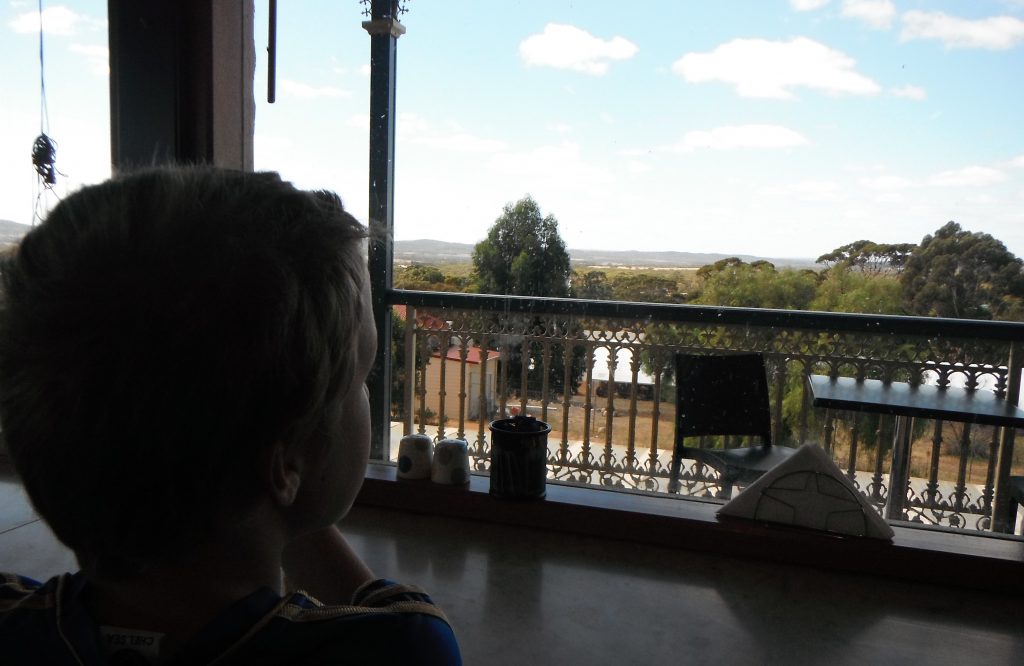
Edit: There are now WA EV Network 150 kW fast DC chargers in Esperance.
Esperance is a great place to relax for a few days, there are two locations with Tesla destination chargers (Smith Street Holiday House and Comfort Inn Bay of Isles) plus the horizon power type 2 and RAC Esperance Holiday Park via the Chargefox app (BYO cable). If you are staying for two or more nights, a 10 amp trickle charge is all you need. There’s plenty to do within walking distance including the local museum which has much more to see than just the Skylab wreckage. If you have time to spare a 90km drive east to the Duke of Orleans Bay is worth the effort, as well as the beautiful white sand beaches there’s a gem of a pub in the village of Condingup that back in 2017 served a tasty lunch.
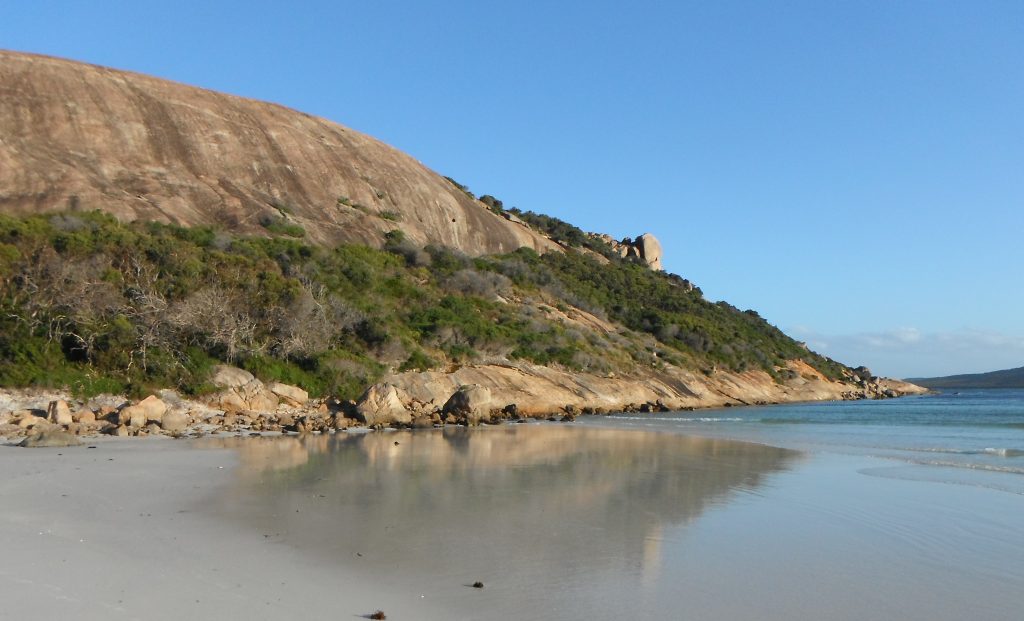
For the return to Perth, if you want to be a bit more adventurous there are two options, via Jerramungup (Tesla HPWC) & Albany or North via Kalgoorlie. If you want alternate recommendations let me know.
Happy Travels, Rob
